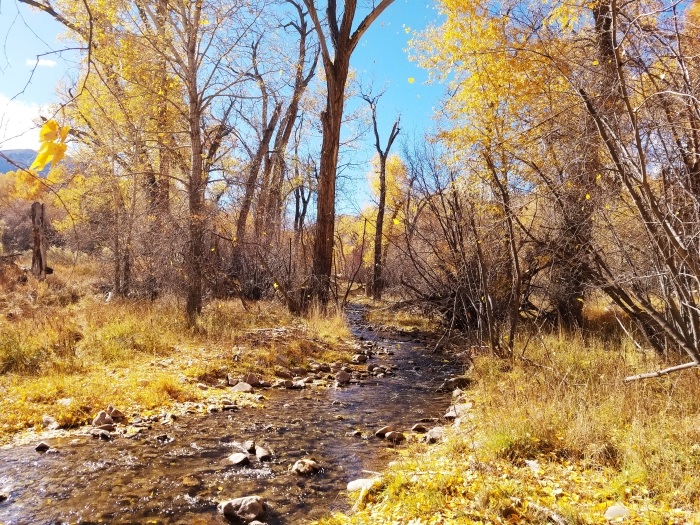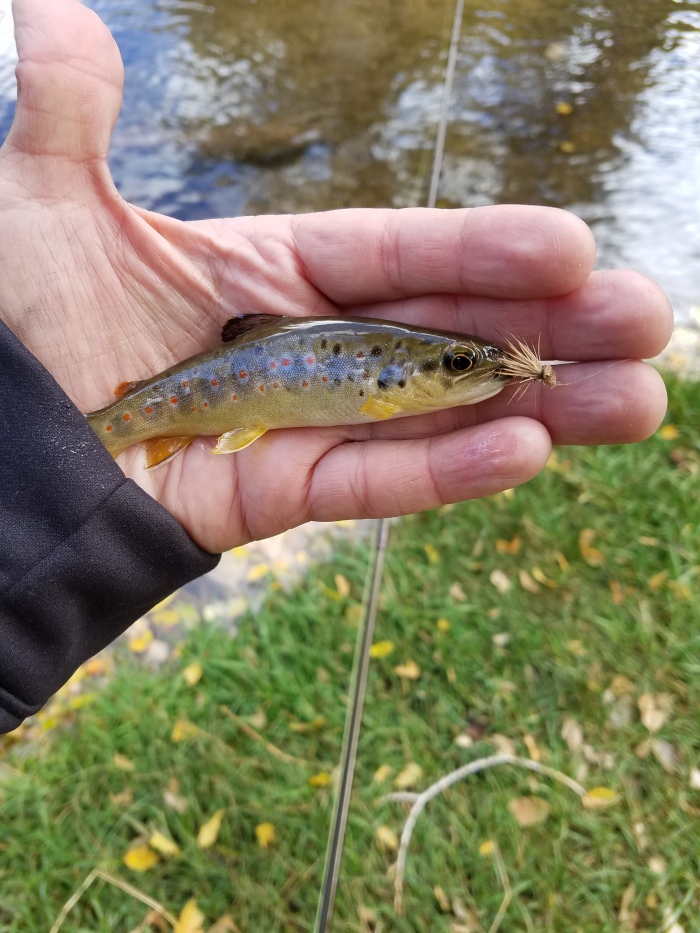Most of us carry an obscene amount of tackle when we go fishing. As we have all experienced, the fish don’t always behave in the manner we are expecting so it’s essential to be prepared for this. However, regardless of the conditions, there are 5 things I never fish without.
Nothing screams ‘good fishing’ like a trout stream in the warm summer months. A fly rod should be used in accordance with the type of fishing one is doing. My ideal water is a small stream. For this I rely on my 7’6” Redington Classic Trout 4pc, 4wt fly rod loaded with Cortland Fairplay floating line, mint green in weight forward floating. Why you ask? Small streams are abundant in Southern Utah making a lighter rod ideal. The Classic Trout offers the backbone of a heavier rod with a light action tip to finesse the small trout from their rests.
When fly fishing, mid-summer months are the opportune time for topwater bites. Nothing will excite an angler more than watching a fish break the surface after a fly or bait. It’s necessary then to carry my Caddis fly box loaded with several dry fly patterns such as Stimulators, Hoppers, Elk Hair Caddis, and Adams generally tied on a Mustad standard dry fly hook sizes 18 to 10.
As the day warms and the sun beats down, the fish tend to tuck under the banks and behind submerged rocks and trees looking for some protection from predators and the heat. For this reason, I like to use a dry fly, wet fly combination, aka a dry and a dropper. For this I carry another fly box full of wet flies and nymphs like a Gold Bead Head Prince nymph and Pheasant tail nymphs tied on standard Mustad wet fly hooks, ranging in size from 18 to 14. To round out my arsenal I also have some small Zebra Midge patterns tied in various colors tied as small as 24. The idea behind the dry, dropper combo is to still take advantage of the surface bite, and to entice other fish that have taken refuge from the sun, invariably upping the odds of catching fish.
A spool of 6lb Lost Creek Freshwater tippet in 5x. The heavier pound line is overkill at times on smaller fish, but it can save a wayward fly stuck in a tree more often that using the lighter poundage. And if any of you have fished small streams, you know that trees and other foliage are always hungry for a mis-cast fly. Over the years I have tried an assortment of different leaders and tippets and found this size to be a perfect balance of finesse and strength for almost any condition.
A good sharp, pair of nippers are an essential part of my fishing. Conditions on the water are constantly changing as the day moves on. Adaptability is key in successful fishing. In fly fishing, this means a constant changing of flies, whether it be different styles or different sizes. Sharp nippers are key in getting clean cuts and faster turnaround time getting the new fly back to the water. Nippers don’t need to be brand specific to get the job done. I have had the same success using dollar store clippers as I have spending upwards of five dollars a pair. What does matter is replacing or sharpening them when they become dull or chipped.
Lastly, no fishing ensemble is complete without a good pair of polarized sunglasses. The same with polarized glasses, being brand specific is more of a personal choice. I have had 100-dollar Oakley’s from Cabalas that were no different than the 20-dollar Strike King’s from Walmart. More important is the fit. Polarization reduces glare from the water making it easier to track your fly, but also gives the ability to site fish on many occasions. I’ve never known an angler who didn’t like to sight fish.
These five items together give me the best chance for success on any water. If there were room for a sixth item, it would be to always take along a good fishing buddy. Doesn’t matter if that’s your favorite dog or neighbor. It’s just nice to have someone else to compare fishing stories with. My advice…take the dog. At least the dog won’t call you out for being a liar.











